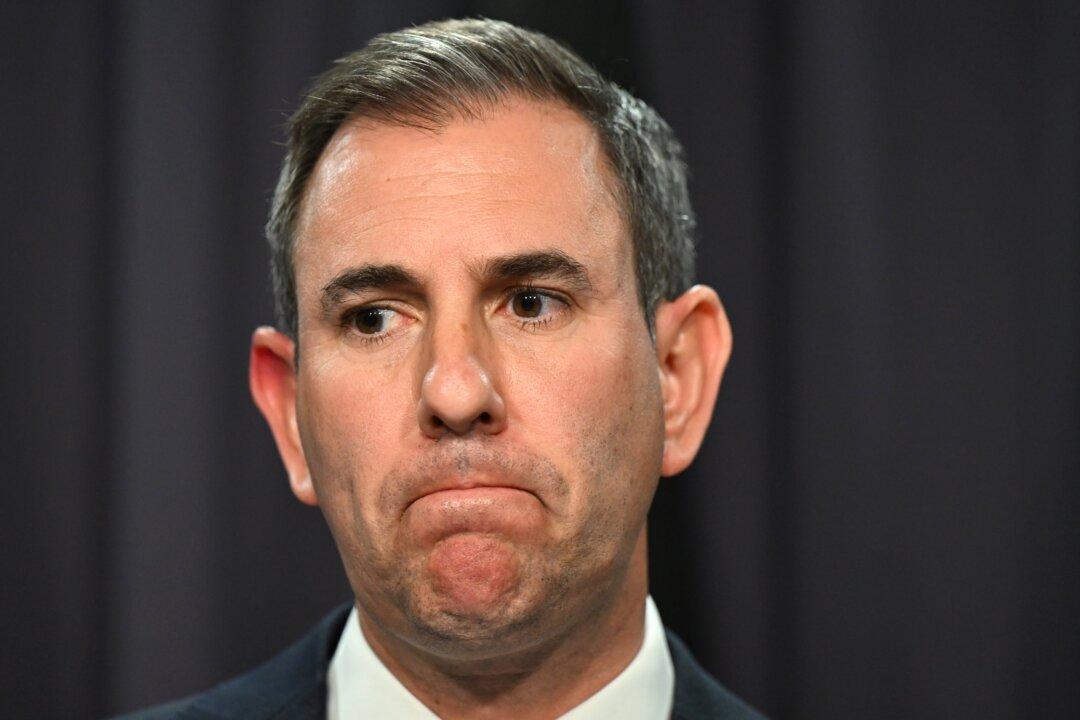Australia’s annual economic growth reached its lowest figures since the 1991-92 financial year, according to the latest figures.
The last quarterly update revealed GDP had grown just 0.2 percent as of June 2024, and 1.5 percent throughout the 2023-24 financial year.
On an individual basis, per capita GDP (the productivity of each Australian) fell for the sixth consecutive quarter.
Treasurer Jim Chalmers said the outcome is the inevitable consequence of global economic uncertainty, persistent, moderate inflation, and higher interest rates.
However, he added that in the context of a really difficult global economic environment, “any growth in our economy is welcome growth.”
“We know people are doing it tough. We know growth in our economy is soft and subdued, and that’s why our responsible economic management and striking all of the right balances is so important,” he said.
Meanwhile, Shadow Treasurer Angus Taylor said that six consecutive quarters of slow growth was the longest since record-keeping began 50 years ago.
“We have not seen this since we kept records on GDP per capita and since the early 1970s, we have not seen a period where we have had 18 months of negative GDP per capita,” he said.
Government Spending Driving Economy
Despite the sluggish growth, government spending increased 1.4 percent.Private Sector Investment Fell
The report also revealed that investment fell for the third consecutive quarter by 0.1 percent in the June quarter.In the private sector, new machinery and equipment fell 1.6 percent, driven by reduced agriculture and retail investment. This was partly offset by ownership transfer costs, which rose 3.9 percent with strong activity in the property market.
Household Spending Slows
Household spending fell by 0.2 percent, which subtracted 0.1 percent from GDP growth.“The strongest detractor from growth was transport services, particularly reduced air travel. This was the first fall for this series since the September 2021 quarter,” said Katherine Keenan, head of national accounts, Australian Bureau of Statistics (ABS) on Sept. 4.
Furnishings and household equipment rose 4 percent as households took advantage of end-of-year sales.
Household Saving Ratios Remained Subdued
Despite a rise in household income, saving ratios were also low.The ratio, which measures the proportion of disposable income that households save, remained steady at 0.6 percent in the June quarter.
However, the ratio’s annual figure was 0.9 percent, marking the lowest level since 2006-07. This indicates that households are spending nearly all their income, leaving little for savings.
Gross disposable income, which is the total income households have after taxes, grew by 0.9 percent in the June quarter, slightly outpacing the 0.7 percent rise in household spending.
Drivers of Income Growth
The growth in gross disposable income was mainly driven by a 1 percent increase in employee compensation (wages and salaries).However, this was partly offset by a 3.1 percent increase in income tax, meaning that a larger portion of income went to taxes, reducing the net income available for saving or spending.
Over the year, income growth was supported by a 7.3 percent rise in wages and a significant 39.3 percent increase in interest received by households.
However, this was offset by a 10.9 percent rise in income taxes and a 36.1 percent increase in interest paid on mortgages, which reduced the amount of disposable income available.







